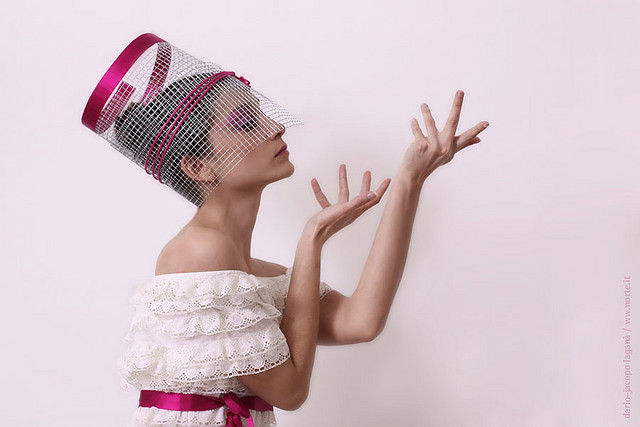Tari, the postulant monks’ house cat, was treated like a queen. Tari was short for Queen Nefertari. The postulant monk in charge of Tari’s care and feeding was kind-of a pet of the pet Tari and of Brotherji.
Brotherji was the respectful short name for Brother Premamoy, the esteemed House Brother of the Postulant ashram or monastery. Brotherji was a real Count from Slovenia. Some people called him the Prince of Yugoslavia. For he was indeed from a royal family, and was a most gracious host and deeply caring person.
Monastery legend, or rumor depending on your perspective, was that Brotherji was the reincarnation of King Ramesses II, the great Egyptian Pharaoh and husband of the historic Queen Nefertari.
We monks rumored over other legends about which great world-leaders and poets were now reincarnate as the spiritual directors and leaders of the Self-Realization Fellowship Monastic Order. Yogananda was Charlemagne and Shakespeare, as SRF folklore went.
The real and historic Brother Premamoy (1910 -1990) was, according to Winter 1990 Self-Realization Magazine, imprisoned in three concentration camps for his participation in the Resistance movement during the Nazi occupation in WWII. After immigrating to the U.S., Brother Premamoy joined the SRF Monastic Order in the 1950s. Many other real and speculative stories, coupled with Brother’s noble personality, drew us monks into reverential awe of him. Perhaps that lent more credulity to our legend that he might be the reincarnation of the Pharaoh King, Ramesses II?
Interesting historical side note: The ancient Egyptians worshipped cats, including the lion-goddess Mafdet and the cat goddess Bast or Bastet. Archaeologists have unearthed tens of thousands of Egyptian mummies of cats and humans. Entombed, mummified bodies were preserved for the “afterlife”. So the legends go.
Question to readers: Are humans gullible enough to worship anything or anyone as a god or goddess? What else do we deify that may not be considered a “traditional” god?

